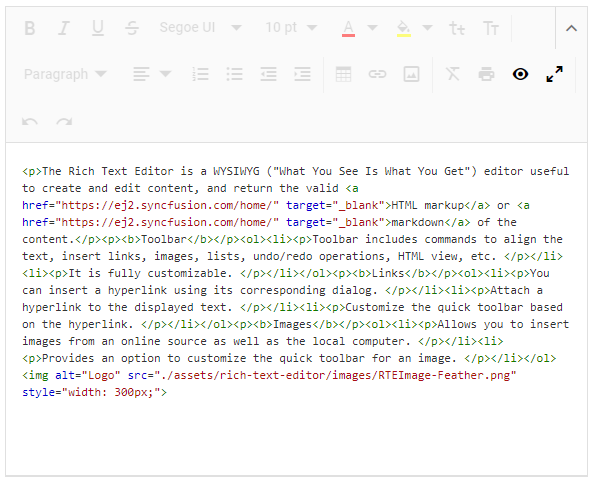

Sets the color of the text according to the parameter value. Sets the size of the text according to the parameter value, given in pixels.Īlthough this tag is available for Debug.Log, you will find that the line spacing in the window bar and Console looks strange if the size is set too large. The following list describes all the styling tags supported by Unity. For example:ĭoes not work because of the spaces to either side of the = character. Tag parameters cannot include blank spaces. Optionally, the value can be surrounded by quotation marks but this isn't required. Note that the ending tag doesn't include the parameter value. Information like this is added to tags by the use of parameters:. For example, the color tag needs to know which color to apply. Some tags have a simple all-or-nothing effect on the text but others might allow for variations. The reason for this is perhaps clearer when you consider that the inner tags need not span the whole text of the outermost element Note the ordering of the closing tags, which is in reverse to that of the opening tags. The tag applies italic style, so this would be presented onscreen as It is possible to apply more than one style to a section of text by "nesting" one element inside another The b tag used in the example above applies boldface to the word "not", so the text appears ons creen as:-Ī marked up section of text (including the tags that enclose it) is referred to as an element. The tags are not displayed to the user directly but are interpreted as instructions for styling the text they enclose. If you don't close an opening tag, it is rendered as regular text. Every opening tag must have a corresponding closing tag. It has the same name as the opening tag, but the name is prefixed with a slash / character. You place another tag at the end of the section. The text inside the tag denotes its name (which in this case is just b). You place the opening tag at the beginning of the section. The basic idea is that a section of text can be enclosed inside a pair of matching tags:-Īs the example shows, the tags are just pieces of text inside the "angle bracket" characters.

The markup system is inspired by HTML but isn't intended to be strictly compatible with standard HTML. The tags are not displayed but indicate style changes to be applied to the text. The Debug.Log function can also use these markup tags to enhance error reports from code. The Text, GUIStyle, GUIText and TextMesh classes have a Rich Text setting which instructs Unity to look for markup tags within the text. Rich text is supported both for the UI System and the legacy GUI system. The text for UI elements and text meshes can incorporate multiple font styles and sizes.


 0 kommentar(er)
0 kommentar(er)
